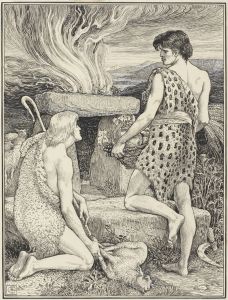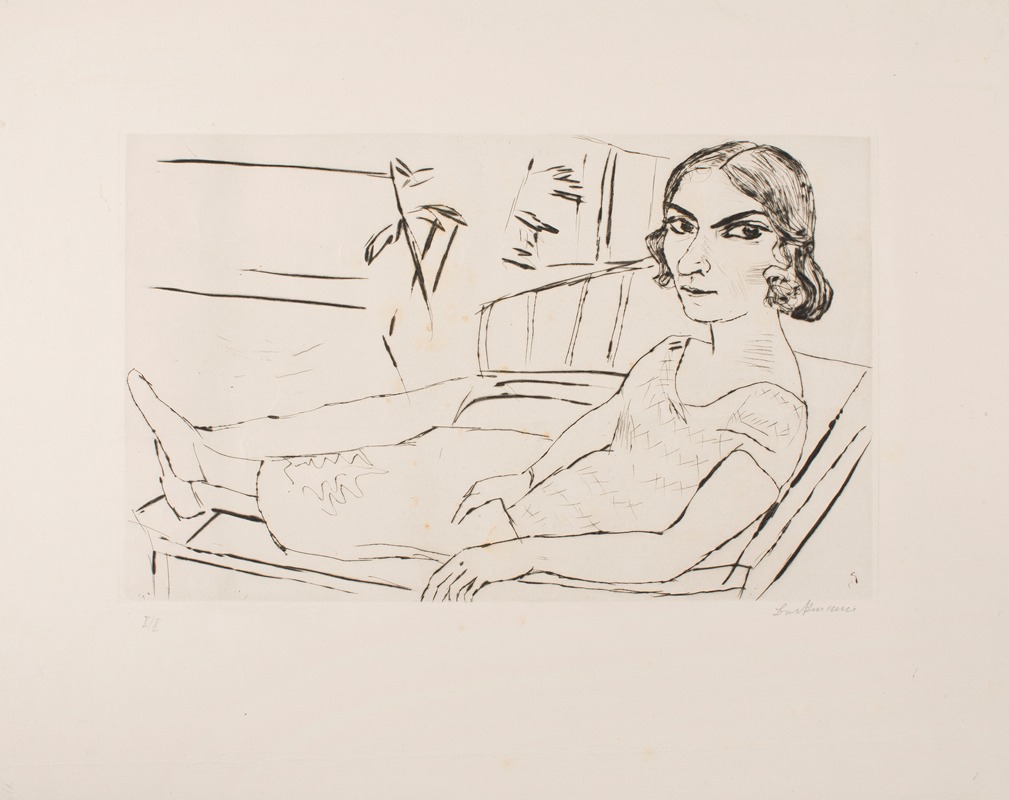
Italian
A hand-painted replica of Max Beckmann’s masterpiece Italian, meticulously crafted by professional artists to capture the true essence of the original. Each piece is created with museum-quality canvas and rare mineral pigments, carefully painted by experienced artists with delicate brushstrokes and rich, layered colors to perfectly recreate the texture of the original artwork. Unlike machine-printed reproductions, this hand-painted version brings the painting to life, infused with the artist’s emotions and skill in every stroke. Whether for personal collection or home decoration, it instantly elevates the artistic atmosphere of any space.
Max Beckmann was a prominent German painter and printmaker, associated with the New Objectivity movement, which emerged in Germany in the aftermath of World War I. His work is known for its bold forms, complex compositions, and often somber or introspective themes. One of his notable works is "Italian," a painting that reflects Beckmann's distinctive style and thematic concerns.
"Max Beckmann's "Italian" was created during a period when the artist was exploring themes of identity, displacement, and the human condition. Beckmann's experiences during the tumultuous years of the early 20th century, including the impact of World War I and the rise of fascism in Europe, deeply influenced his artistic output. His works often convey a sense of existential inquiry and a search for meaning amidst chaos.
In "Italian," Beckmann employs his characteristic use of bold lines and vivid colors to create a striking composition. The painting features a figure that is rendered with a sense of solidity and presence, yet there is an underlying tension in the portrayal. Beckmann's figures often appear introspective, caught in a moment of contemplation or inner turmoil. This introspection is a hallmark of Beckmann's work, reflecting his interest in the psychological depth of his subjects.
The setting and elements within "Italian" may suggest a connection to Italy, a country that has historically been a source of inspiration for many artists. However, Beckmann's work often transcends specific locales, focusing instead on universal themes. The title "Italian" might evoke certain cultural or historical associations, but Beckmann's intent is typically more focused on the exploration of broader human experiences.
Beckmann's technique in "Italian" is notable for its synthesis of traditional and modern elements. He was influenced by the Old Masters, and his work often reflects a deep understanding of classical composition and technique. At the same time, Beckmann was a modernist, and his paintings incorporate elements of abstraction and expressionism. This blend of influences is evident in "Italian," where the formal composition is balanced by an emotional intensity.
Throughout his career, Beckmann's work was marked by a sense of resilience and defiance. Despite facing political persecution and personal hardships, he continued to create art that challenged and provoked. "Italian" is a testament to Beckmann's enduring commitment to exploring the complexities of the human experience through his art.
Max Beckmann's legacy as an artist is significant, and his works continue to be studied and appreciated for their depth and insight. "Italian" is a part of this legacy, offering viewers a glimpse into Beckmann's world and his artistic vision. The painting remains an important piece within the broader context of 20th-century art, reflecting the challenges and transformations of its time.






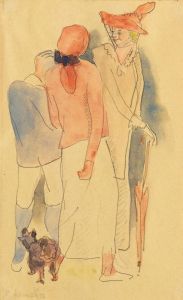
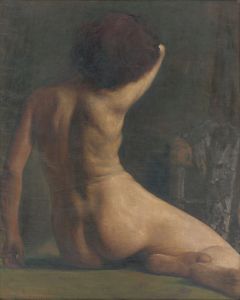
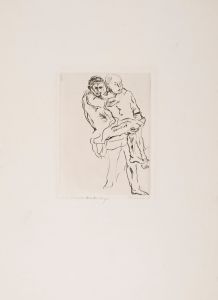

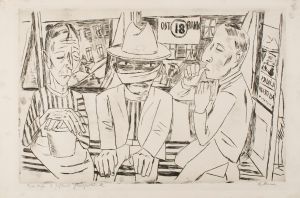

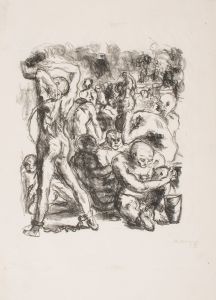
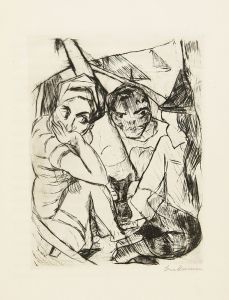
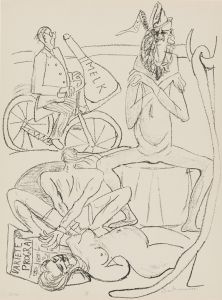

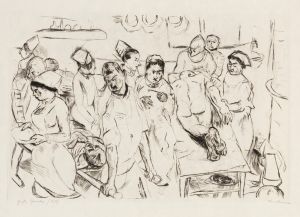
![It Is Amazing-And We Were Made by God [Furious Folly]](/imgs/264618/s/francisco-de-goya-it-is-amazingand-we-were-made-by-god-furious-folly-a15fa352.jpg)
